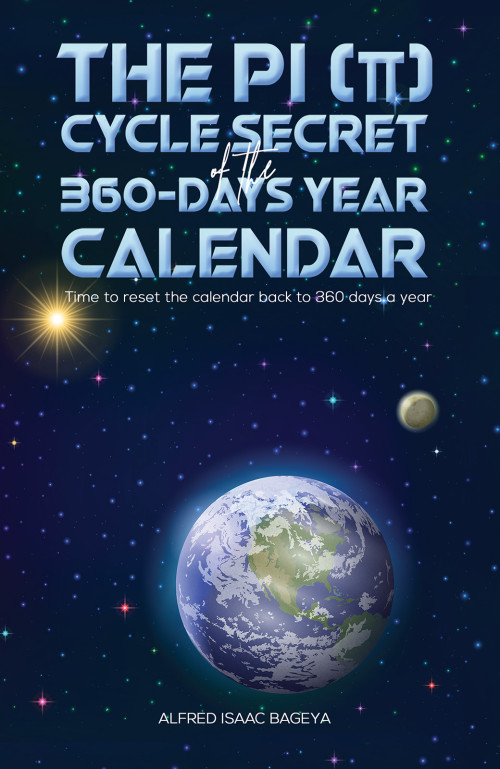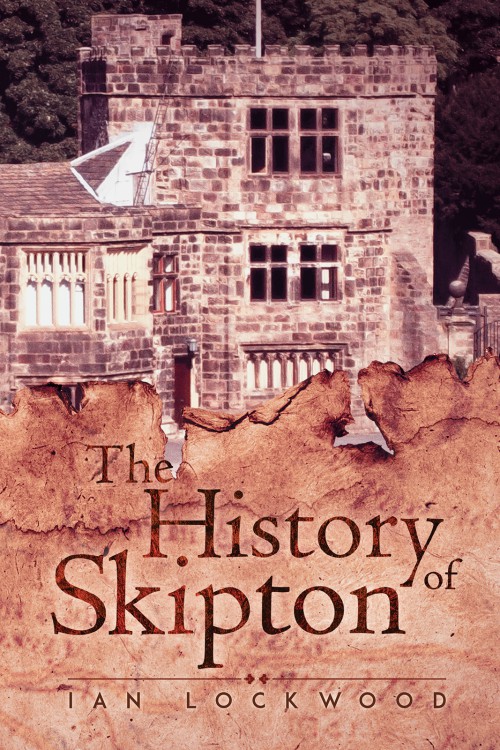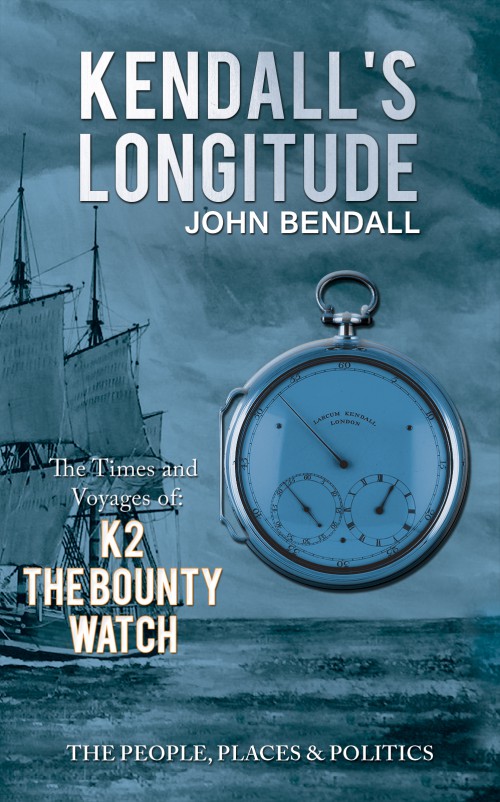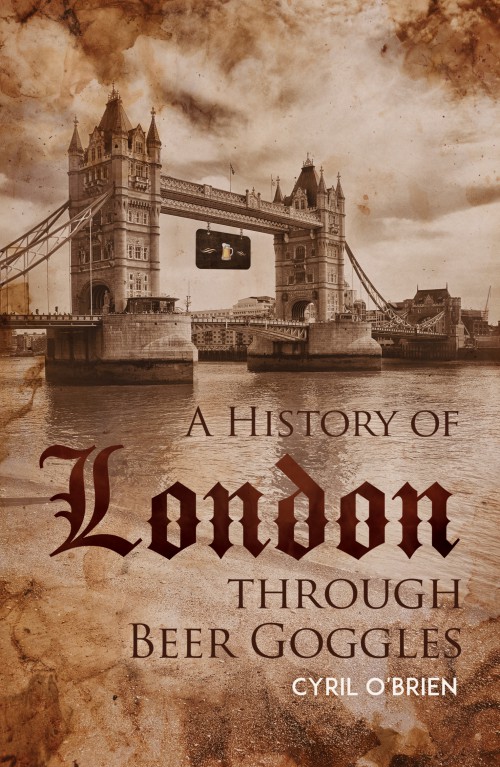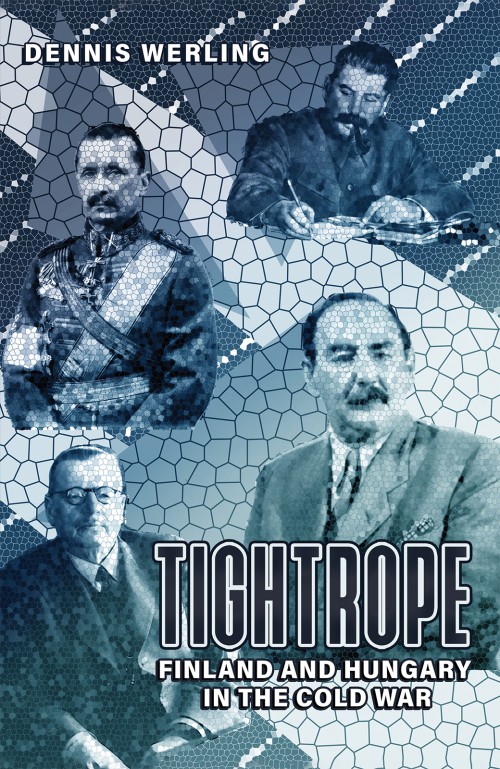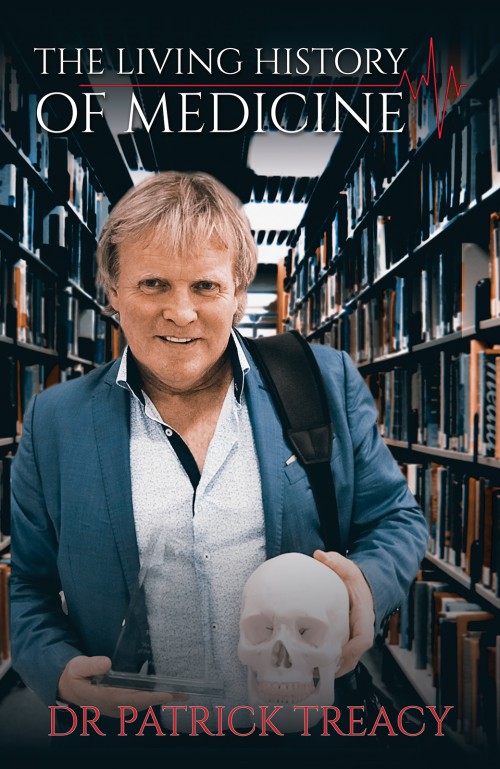-
Running, Hiding, and Hoping
This book offers an unprecedented comparative study of five landmark court cases on slavery, tried on both sides of the Atlantic and spanning nearly a century: Somerset, the Zong, the Amistad, the Creole, and Dred Scott.
Dr. Nicholls reviews these cases through an interdisciplinary lens, analysing their historical, socio-economic and political rami cations. He also raises the critical issue revolving around the volatile and often conflicting notions of freedom, property, property rights, the definition of ownership, as well as the basic human right and authority to assert these rights whether or not they are legally recognised.
Finally, this study explores how the application of positive law, explicitly and exclusively devoted to the social control of slaves was also contrary to the declared tenets of natural law and how this tension was largely ignored.
£19.99 -
Art and Institutional Racism
Why is the history of modern art only about the work of White/European artists? This question is not rhetorical, but about the reality of Eurocentric legacies of colonialism and racism, which not only sees artists of Asian and African origins as outside of art history but also excludes them from it. In this pioneering work, Art & Institutional Racism, Rasheed Araeen reveals how Asian, African and the Caribbean artists in Britain have challenged this exclusion.
Their work not only confronts the Eurocentricity of art history but also redefines modernism and its art history. And in doing so it aims to liberate art from Eurocentrism and also society as a whole from its lingering imperialism.
£24.99 -
The PI (π) Cycle Secret of the 360-days year calendar
In The PI (π) Cycle, discover the fascinating history of the ancient calendar and how it was ultimately changed by the will of God. Follow the story of King Hezekiah of Judea, whose life was extended by 15 years, and learn about the ground-breaking calendar reforms of Julius Caesar. Explore the observations of ancient astronomers, including the Egyptians and Hipparchus, and how they tracked the length of the year. Uncover the mysteries of how the earth generates natural time at God’s command and how it was altered to accommodate King Hezekiah’s request. This thought-provoking book will leave you marvelling at the power of God and the complexity of time.
£13.99 -
The History of Skipton
The History of Skipton is the most comprehensive history of the town for almost 150 years. The book focuses on the life of ordinary Skipton townsfolk and their health, hygiene, work and recreation. Covering the period from the Norman Conquest to the 21st century, The History of Skipton uses long-forgotten reports and archives to reveal many details which have never been published before.
£22.99 -
RAF 100 Group - Kindred Spirits
This remarkable book brings together for the first time writings of RAF 100 Group who, during WWII, flew secret operations deep into the heart of Germany - identifying and jamming enemy radar, working with Bletchley Park and the Y-Service, supporting SOE and the Resistance.Over 55,000 men died in Bomber Command, the highest casualty rate of any Unit. On VE Day, Churchill praised those who contributed to victory, with one glaring omission - Bomber Command, of which this Group was a valued part. What happened to his stirring words: ‘The fighters are our salvation, but the bombers alone provide the means of victory'?Seventy years on, RAF 100 Group remains shrouded in mystery, their families unaware as veterans take their secrets to the grave.This book represents a tribute, a Memorial, proof of their existence, finally giving them recognition so richly deserved.
£20.99 -
Kendall's Longitude
Lost at sea: every mariner’s fear.Maritime navigational tools could find latitude, but finding longitude remained elusive until Harrison developed the reliable sea clock, H4. Building on H4’s success, Kendall made a series of nautical timekeepers, K1, K2 and K3. This is the story of the K2 timekeeper; its adventurous voyages, the people it touched, and its place in history. K2’s first voyage, accompanied by the young Nelson, was nearly its last in the crushing Arctic ice. The next two expeditions saw it survive kidnappings, nautical intrigue, and gunpowder plots of the American revolutionary wars. The slave coasts of Africa followed.Bligh took K2 on the Bounty, but lost it in a fight with the mutineers in 1789. It was recovered by an American Quaker from Nantucket, only to be stolen by the Spanish. It rode on mules along the Andes before sailing into the Opium Wars. K2 finally returned to Greenwich in 1963.DRAMATIC, THREE NATION 'STORY OF TIME'
£21.99 -
From Our House to Penthouse
From Our House to Penthouse takes you on a nostalgic trip down memory lane to a London that disappeared not so long ago. Pubs gutted to make way for coffee chains! Arenas and cinemas bulldozed to make way for hotels! Dog tracks and football grounds now apartments!London went through a huge change in the first two decades of the 21st century, and From Our House to Penthouse pays homage to the venues and places that were lost in that time. Featuring photos of iconic London landmarks that no longer exist, author Matthew Bazell has compiled a historical record to keep memories alive.
£32.99 -
A History of London through Beer Goggles
Discover stories and parts of London that you may not have known. All of this done whilst visiting some of London’s oldest pubs.From the Great Fire of London to the Church-run prostitutes of Southwark.From cock fighting to the famous Cock Lane Ghost.From Shakespeare to Shrek.From St Paul’s Cathedral to the inspiration for wedding cakes.Take a journey through the streets of London and discover things you never knew.A must for all who live and work in London, as well as visitors to our great city.What better way could there be than to have a drink and a walk around the parts of the city you have probably never visited. Hidden gems abound.
£14.99 -
Surgery: An Unfamiliar History
This is a fascinating account of surgery that throws light on forgotten and unknown aspects of its practice from antiquity to the present. It illuminates the rare periods of progress and also explains why there were lengthy times when no original operations were undertaken.Maybury has achieved this by identifying the time and place when each operation was first undertaken. The first of these was the trephination of the skull in Peru twelve thousand years ago, presumably to exorcise evil spirits. This operation over several thousand years reached Europe where Hippocrates described and rationalised it to treat head injuries, it is still practiced today and is the forerunner of each subsequent original operation.The golden ages of surgery took place in Ancient Greece and India and 1,300 years later in Western Europe and the USA. Between these periods, no original operations took place. Maybury explains why this happened and reveals the Greek theory that dominated surgery for over 2,000 years. He describes the passage and translation of the Greek manuscripts and their acceptance in the Arabian Empires and how in turn the Arabic versions strongly influenced Italy and then Western Europe. He also tells of the Edict of Tours of 1163 that devastated surgery and took 700 years to rectify and also the extraordinary modern era when all the tissues of the body were finally operated upon and very much more.
£17.99 -
Tightrope: Finland and Hungary in the Cold War
Finland and Hungary both fought on the losing side in WWII. Yet the former was able to resist the overwhelming power of its Soviet neighbour, while Hungary, whose status was uncertain until 1947, was not. Could the revolt of 1956 have been a turning point? How did the Helsinki Accords contribute to the end of the Cold War?
£17.99 -
The Living History of Medicine
The history of medicine is a living one and involves much more than reflecting on the battles that have been won or lost in the ever-changing struggle against disease. The living history really lies within man himself and too often the human side of this story is neglected. As doctors, we have been trained to focus on the signs of disease and consequently, we pay little attention to the people who discovered them. When we read in our pathology texts about the interesting triad of defects in an illness such as Hand-Schuller-Christian disease, we tend to forget about the doctors who faced great personal hardships to bring us the information we now use to treat the disorder.
Dr Treacy is recognised as one of the most influential aesthetic practitioners in the world. He was awarded ‘Top Aesthetic Practitioner in the World’ (2019) and ‘Doctor of the Year’ UK & Ireland (2019). In this fascinating book, he takes us on a journey with Osler’s famed ‘Goddess of Medicine’ and explains how she is continually on the move, fleeing from battles, tyranny, and oppression, seeking to find a home where man can have study pathology in peace. She has moved from Edinburgh to Dublin, from London to Vienna, from Berlin to Maryland, then onwards to California to guide doctors in the wonders of new technologies, translating the genetic blueprint, manipulating defects in the data code of our existence and help us all fight the more complex diseases like the coronaviruses of the new millennium.
£34.99 -
The Evolution of Aesthetic Medicine
The birth and exponential growth of aesthetic medicine has been phenomenal. Recent technical innovation in aesthetic devices and products, coupled with an ever-increasing awareness of physical appearance and a rise in disposable income has boosted the demand for this field of medicine beyond all expectations. Its market size is presently valued at USD 60 billion and is anticipated to continue to expand at a CAGR of 10%.Now comes a book, written by one of the pioneers of this field of medicine who started one of the first aesthetic clinics in the world from his apartment in Dublin in 1999. Since then, he has built clinics around the world and won multiple international awards for his own innovations and advanced techniques, including ‘Top Aesthetic Physician in the World’ in 2019.
£30.99



